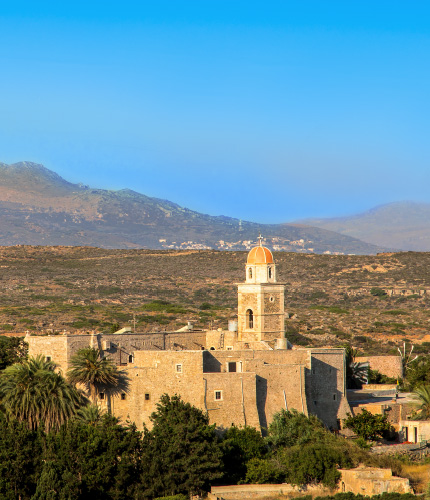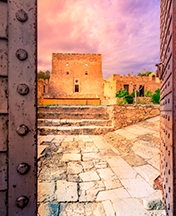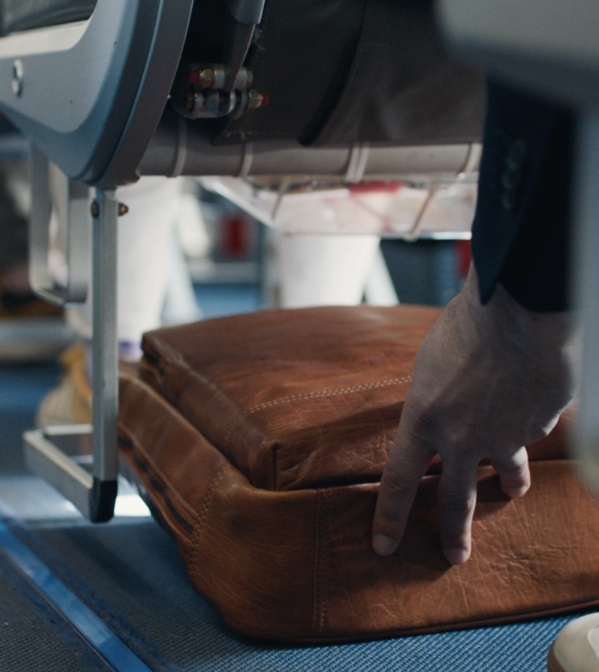Sitia took its name from the ancient city of Etia or Oiti, which was located a little east of today's city. Etia was inhabited since the Bronze Age and flourished during the 2nd century AD. It is said to be the homeland of Myson, one of the seven wise men of antiquity. The city was inhabited by the Eteocretans, or "old" Cretans. These were the Minoans who fled to the mountainous and remote areas of Crete, after the fall of Minoan civilization and the occupation of the island by the Dorians. However, the development of Sitia is due to the Praesians, from the ancient city of Praisos, who fled there after its destruction by Ierapetra. During the first Byzantine years the city moved to its present location and the port of Sitia experienced significant commercial activity. During the Venetian occupation, various castles and fortresses were also built. Sitia suffered huge damage during the earthquake of 1508 and thirty years later, in 1538, it was completely destroyed by Barbarossa's pirates. Eventually, in 1651, its inhabitants abandoned the city and the Venetians destroyed the walls and the most important buildings in order not to surrender to the Turks. The city was rebuilt in 1870 by Huseyin Avni Pasha, who transferred the capital of his province to Sitia and renamed it "Avnier" in his honor. But the locals continued to call it Sitia and so the name remained until today. As for its modern history, Sitia was occupied in 1941 by the Italians who remained in the city until the arrival of the German army. The people of Sitia played an active role in the resistance against the German conquerors.












